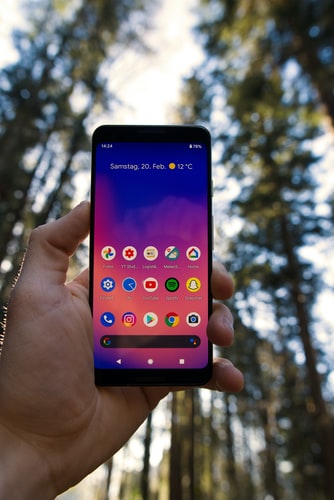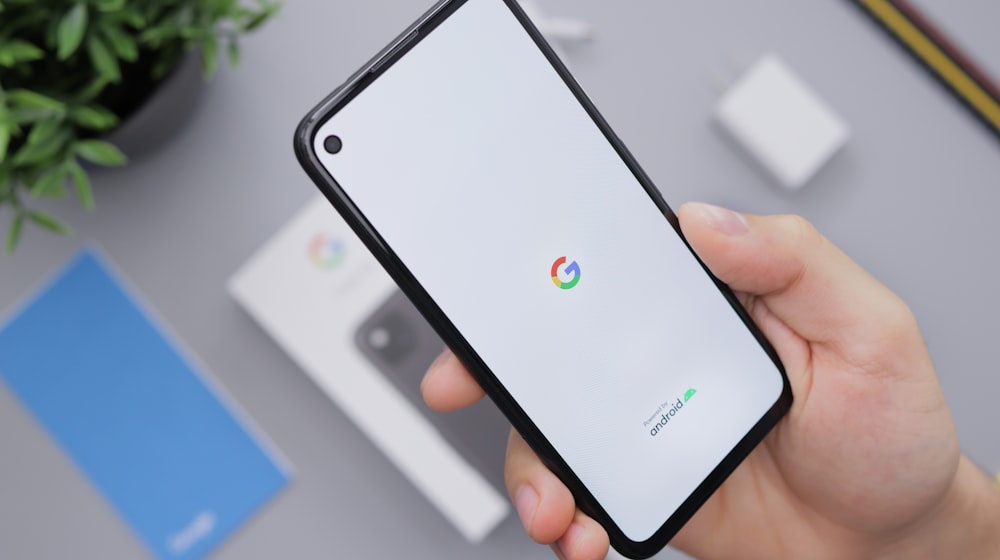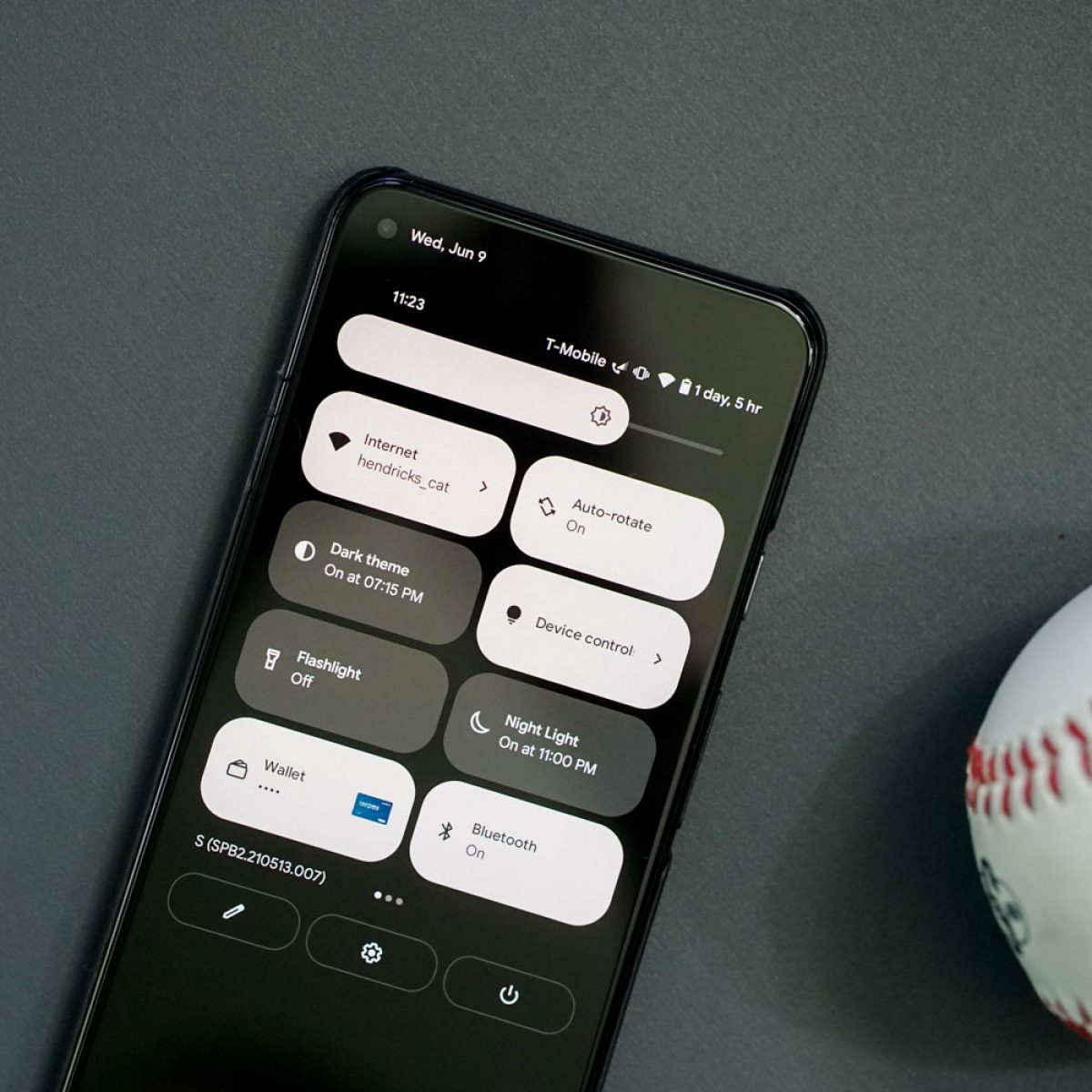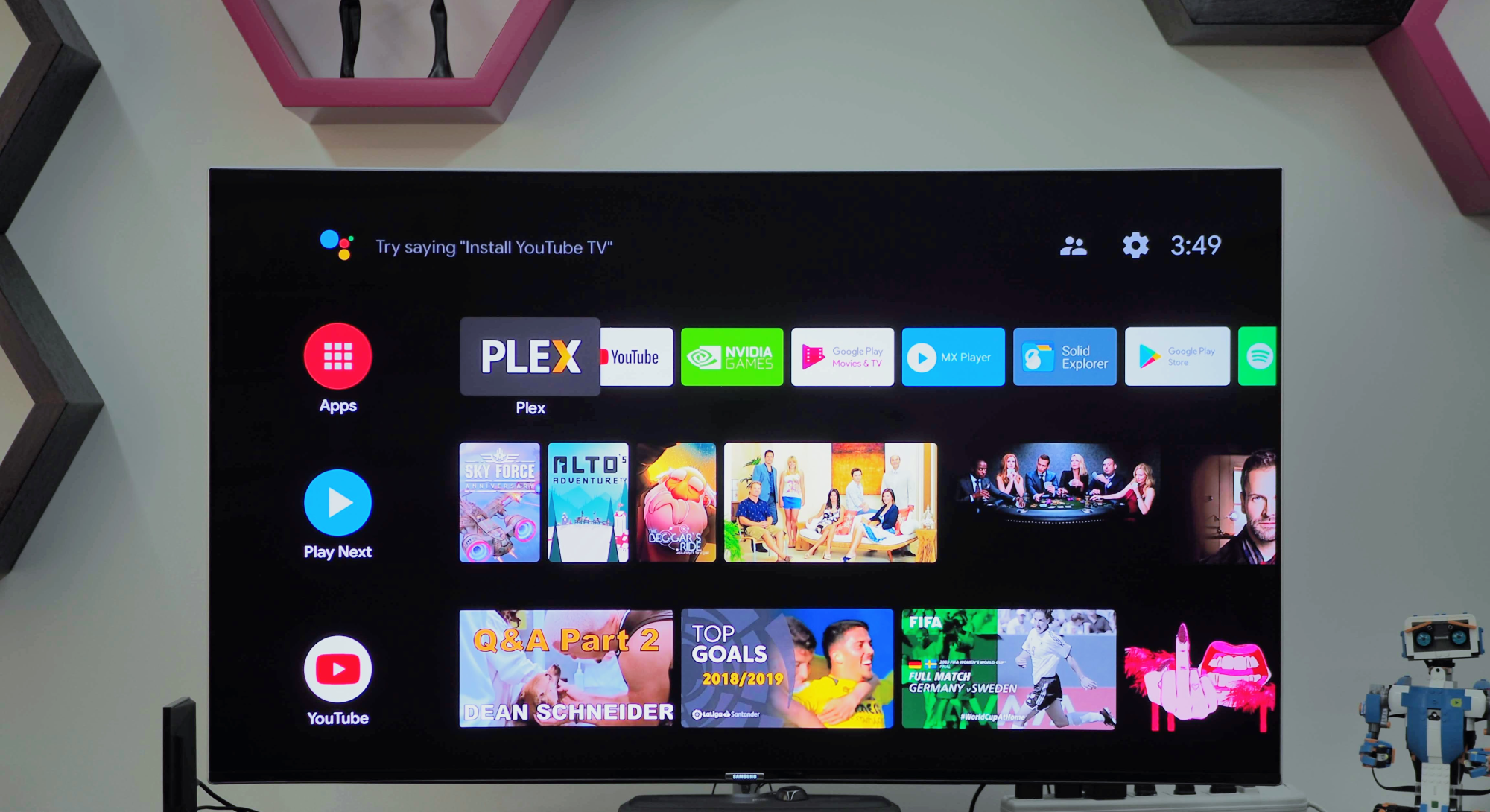As we all know, Google Pixel 5 meant a return to form for Google’s flagships. It sought to put the polarizing Pixel 4 series behind it and deliver a well-rounded and affordable flagship phone. Google’s last flagship may have introduced several welcome additions and tweaks, but that doesn’t mean there isn’t room for improvement. Here’s what we want to see from the Google Pixel 6.
![]()
The better main camera sensor
Google will also have to switch to a 33MP+ sensor if it wants to offer 8K recording on the Pixel 6. Although the firm’s track record with 4K/60fps suggests it might be late to the party with this feature. Still, a newer sensor would also bring improved autofocus and features like 4K/120fps.
A better flagship processor
The Pixel 5 delivered an upper mid-range Snapdragon 765G chipset in lieu of the then top-end Snapdragon 865 series processors. This was an acceptable compromise as it delivered generally good performance without a price hike. That said, advanced 3D games, emulators, and some camera-related tasks can be a challenge for this SoC. For this reason, we would like to see Google adopt flagship silicon for the Pixel 6.

Triple rear cameras
Previously, Pixel 4 series delivered a secondary rear camera for the first time in the Pixel line. The 2x telephoto camera delivered good results at longer ranges. Google then decided to swap out the telephoto shooter for an ultra-wide camera on the Pixel 5.
Why should it be a case of one or the other, though? Almost every other manufacturer offers at least one flagship phone with a main, ultra-wide, and telephoto/periscope camera arrangement. It’s high time for Google to follow suit and bring the best of both worlds to one device.
Faster charging
Google delivered a 4,080mAh battery in the Pixel 5. This made for a huge improvement over the vanilla Pixel 4 (2,800mAh) and a decent bump over the Pixel 4 XL (3,700mAh). Despite a much larger battery, Google kept the same old 18W speeds for the Pixel 5, meaning it took much longer to get the phone to full charge.
Google’s offer of the same charging speed as the very first Pixel illustrates just how far behind the firm is in this regard. If battery degradation is of concern, there’s nothing to stop it from offering faster charging as an option in the settings menu. Even 25W or 30W charging speeds would be a major improvement over 18W.
Maintain the fingerprint scanner
One of the most welcome surprises for the Pixel 5 was that it ditched face unlock sensors in favor of a rear fingerprint scanner. This change allows users to easily unlock their phones while wearing a mask during the COVID-19 pandemic.
We seek Google sticks to the rear fingerprint scanner on the Pixel 6. Not only is it way more convenient than face unlock mask wearers, but the rear reader offers a faster, more tactile experience than in-display fingerprint sensors.
Google Pixel 6 XL/Ultra
We saw some tenuous rumors of a Pixel Ultra a few years ago, but that clearly didn’t go anywhere. It’s more apparent that the time is right for Google to jump on the ultra-premium bandwagon and offer a Google Pixel 6 XL or a Pixel 6 Ultra smartphone. Huawei, Samsung, Oppo, and Apple all currently have $1,000+ phones on the market — why not Google?





